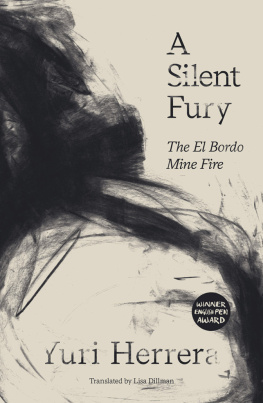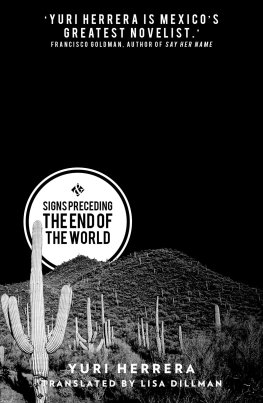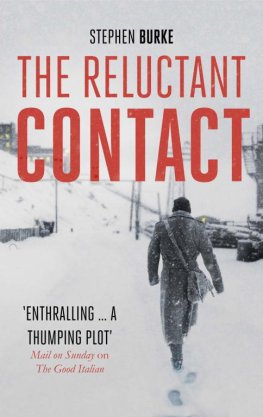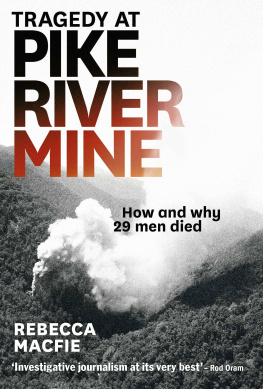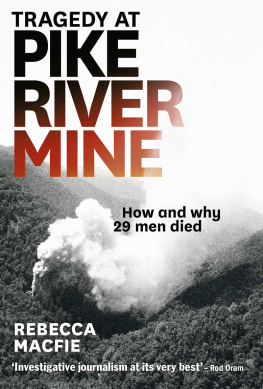Praise for Yuri Herrera
Yuri Herrera is Mexicos greatest novelist. His spare, poetic narratives and incomparable prose read like epics compacted into a single perfect punchthey ring your bell, your being, your soul.
Francisco Goldman
Yuri Herrera must be a thousand years old. He must have travelled to hell, and heaven, and back again. He must have once been a girl, an animal, a rock, a boy, and a woman. Nothing else explains the vastness of his understanding.
Valeria Luiselli
My favorite of the new Mexican writers.
John Powers, NPR Fresh Air
Playful, prophetic, unnerving books that deserve to be read several times.
Eileen Battersby, Irish Times
Signs Preceding the End of the World is short, suspenseful outlandish and heartbreaking.
John Williams, New York Times
Herreras metaphors grasp the freedom, and the alarming disorientation, of transition and translation.
Maya Jaggi, The Guardian
Herrera packs The Transmigration of Bodies with the sex, booze and nihilism of a better Simenon novella.
Sam Sacks, Wall Street Journal
I was captured by Kingdom Cons . His writing style is like nobody elses, a unique turn of language, a kind of poetic slang seeming to fall in my hands from an alternative sky.
Patti Smith
Booksellers on Yuri Herreras Titles
Signs Preceding the End of the World
I am in awe-filled love with its heroine: Makina is a vibrantly real presence in a shadowy world of constant threat; her voice perfectly rendered; her unflappable poise tested, but never broken.
Gayle Lazda, London Review Bookshop, London
Herrera gives us what all great literature shouldpoetic empathy for dire situations in a life more complex and dynamic than we imagined.
Lance Edmonds, Posman Books (Chelsea Market), New York
The Transmigration of Bodies
This is as noir should be, written with all the grit and grime of hard-boiled crime and all the literary merit we're beginning to expect from Herrera.
Tom Harris, Mr Bs Emporium, Bath
Fabulous. An everyday story of love, lust, disease and death. Indispensable.
Matthew Geden, Waterstones, Cork
Kingdom Cons
Kingdom Cons might be his best yet. Herrera delivers a stunning example of how art can dissolve boundaries and speak truth to power.
Matt Keliher, Subtext Books, St Paul
Revelatory. I think Yuri Herrera has created his own genre. The mix of high and low culture, the argot of the streets with the poetic narrativeit's something else.
Mark Haber, Brazos Bookstore, Houston
First published in English in 2020 by And Other Stories
Sheffield London New York
www.andotherstories.org
2018 by Yuri Herrera
First published as El incendio de la mina El Bordo by Editorial Perifrica, Cceres, Spain
The English edition is published by arrangement with Yuri Herrera c/o MB Agencia Literaria S.L.
English-language translation Lisa Dillman, 2020
All rights reserved. The rights of Yuri Herrera to be identified as author of this work and of Lisa Dillman to be identified as the translator of this work have been asserted.
ISBN: 9781911508786
eBook ISBN: 9781911508793
Editor: Tara Tobler; Copy-editor: Linden Lawson; Proofreader: Sarah Terry; Text design, typesetting and eBook by Tetragon, London ; Cover design: Andrew Forteath.
This book has been selected to receive financial assistance from English PENs PEN Translates programme, supported by Arts Council England. English PEN exists to promote literature and our understanding of it, to uphold writers freedoms around the world, to campaign against the persecution and imprisonment of writers for stating their views, and to promote the friendly co-operation of writers and the free exchange of ideas. www.englishpen.org
And Other Stories gratefully acknowledge that our work is supported using public funding by Arts Council England.
Contents
El Bordo
The El Bordo mine, located in the mining district of Pachuca-Real del Monte, had ten levels, each named for its depth in meters underground: 142, 207, 255, 305, 365, 392, 415, 445, 465, and 525. These could be reached via three different shafts: El Bordo, La Luz, and Sacramento, the latter belonging to the Santa Ana mine.
The El Bordo caught fire on the morning of March 10, 1920. At least eighty-seven people were killed.
Traces of this history are few: the Pachuca 19201966 case file, a handful of news stories, and a metal plaque that talks about something else. The file and news stories do not simply convey the events but are fragments of the events; they are part of the tragedy and the way its official version was imposed. In these texts there appear both favored men, who were never at risk of being so much as scratched by a prickly question, and men and women who were doomed from the outset. But there are also oral accounts, given by miners and their families, and it was through these that I learned about the fire; there are at least two crnicas , one by Flix Castillo, the other by Jos Luis Islas; and a novel by Rodolfo Benavides. All were written years afterwards.
This book, like those accounts, refuses the judicial truth that reduces this history to a file in an archive. But none of these words are mine. I reconstruct the El Bordo fire using the names, dates, and events that coincide in these accounts, insofar as coincidence is possible, and where the accounts disagree I use what appears to be most credible; I also call attention to some of the extraordinary contradictions and omissions in sources from that period that contributed to a persistent silence. Silence is not the absence of history, its a history hidden beneath shapes that must be deciphered.
That Day
The bells never rang, the ones that were there expressly for that kind of event, even though, as the agent from the public prosecutors office noted months later, they were indeed functioning properly.
There were some who later said that they first smelled smoke at two oclock in the morning, but it was at six that Delfino Rendn raised the cry of alarm, once he had finished cleaning the chutes on level 415. He had just extracted several loads of metal on 525 when he detected an unfamiliar smell and decided to go up, and then up some more, and on reaching 365 and approaching the shaft wellhead he noticed something that smelled like woodsmoke, and that the level was too hot. He saw no flames of any kind, nor did he need to in order to know that someplace they were already licking the mine shaft, so he raised the cry of alarm. Which was more of an act than a cry, because the first thing he did was to send down the cages to get people out, and then notify the stations by telephone, telling them to inform everyone to get out now, right now, immediately. Thats what he did, as any self-respecting man would have done: worry about his fellow workers before worrying about machines or stopping to wonder how this could have happened. And the cages went up and down perhaps eight times, bringing up ten miners per trip at most. Delfino kept sending down cages, which disappeared into the unbearable clouds of smoke filling the shaft, and those cages came back up, but then they came up empty.

